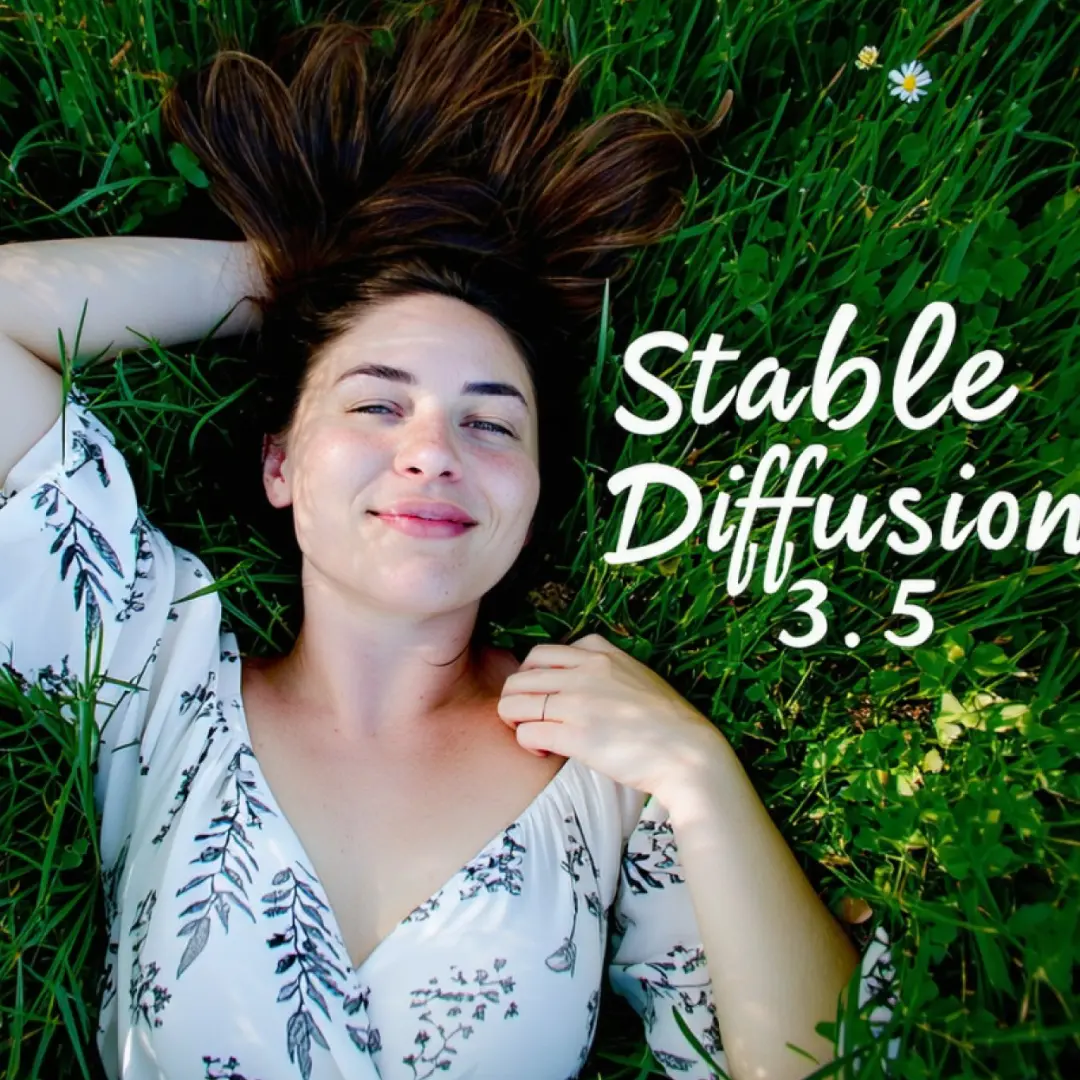ComfyUI Node: Latent mirror
LatentMirror
Categorylatent/advanced
kuschanow (Account age: 1666days) Extension
Advanced Latent Control Latest Updated
2025-03-27 Github Stars
0.02K
How to Install Advanced Latent Control
Install this extension via the ComfyUI Manager by searching for Advanced Latent Control- 1. Click the Manager button in the main menu
- 2. Select Custom Nodes Manager button
- 3. Enter Advanced Latent Control in the search bar
Visit ComfyUI Online for ready-to-use ComfyUI environment
- Free trial available
- 16GB VRAM to 80GB VRAM GPU machines
- 400+ preloaded models/nodes
- Freedom to upload custom models/nodes
- 200+ ready-to-run workflows
- 100% private workspace with up to 200GB storage
- Dedicated Support
Latent mirror Description
Manipulate latent representations by mirroring in specified directions for creative AI art outputs with adjustable intensity.
Latent mirror:
The LatentMirror node is designed to manipulate latent representations by mirroring them in specified directions. This node is particularly useful in the field of AI art, where altering the symmetry of latent images can lead to creative and unique outputs. By mirroring the latent data either vertically, horizontally, or in both directions, you can explore new artistic possibilities and enhance the visual appeal of generated images. The node also allows for the adjustment of the mirrored effect's intensity through a multiplier, providing further control over the transformation. This flexibility makes LatentMirror a powerful tool for artists looking to experiment with symmetry and balance in their AI-generated artworks.
Latent mirror Input Parameters:
latent
The latent parameter represents the latent data that you wish to transform. This data is typically a high-dimensional representation of an image, which the node will process to apply the mirroring effect. It is essential for the node's operation as it serves as the input that will be manipulated.
direction
The direction parameter determines the axis along which the latent data will be mirrored. You can choose from three options: "vertically," "horizontally," or "both." Selecting "vertically" will flip the image along the vertical axis, "horizontally" will flip it along the horizontal axis, and "both" will apply both transformations. This parameter is crucial for defining the symmetry of the output.
multiplier
The multiplier parameter controls the intensity of the mirroring effect. It is a floating-point value with a default of 1.0, a minimum of -10.0, and a maximum of 10.0. Adjusting this value allows you to amplify or diminish the mirrored effect, providing a way to fine-tune the visual outcome. A higher multiplier will enhance the mirrored features, while a lower one will reduce their prominence.
vae_optional
The vae_optional parameter is an optional input that, if provided, allows the node to decode the mirrored latent samples into an image using a Variational Autoencoder (VAE). This can be useful for previewing the results of the mirroring operation directly as an image, offering a more intuitive understanding of the transformation's impact.
Latent mirror Output Parameters:
LATENT
The output of the LatentMirror node is a transformed latent representation, denoted as LATENT. This output retains the original structure of the input latent data but with the specified mirroring effect applied. The transformed latent can be further processed or decoded into an image, depending on your workflow. This output is essential for continuing the creative process, allowing you to build upon the mirrored latent representation.
Latent mirror Usage Tips:
- Experiment with different
directionsettings to discover unique symmetrical patterns in your latent images. Combining vertical and horizontal mirroring can yield particularly interesting results. - Use the
multiplierparameter to adjust the strength of the mirroring effect. A subtle multiplier can create gentle symmetry, while a stronger one can produce bold, mirrored features. - If you have a VAE available, utilize the
vae_optionalparameter to preview the mirrored latent as an image. This can help you quickly assess the visual impact of your adjustments.
Latent mirror Common Errors and Solutions:
Invalid multiplier value
- Explanation: The multiplier value provided is outside the allowed range of -10.0 to 10.0.
- Solution: Ensure that the multiplier is set within the specified range to avoid errors and achieve the desired effect.
Unsupported direction option
- Explanation: The direction specified is not one of the supported options: "vertically," "horizontally," or "both."
- Solution: Double-check the direction parameter and select one of the valid options to ensure proper mirroring.
Missing latent input
- Explanation: The latent input is required for the node to function but was not provided.
- Solution: Provide a valid latent representation as input to enable the mirroring operation.
Latent mirror Related Nodes
RunComfy is the premier ComfyUI platform, offering ComfyUI online environment and services, along with ComfyUI workflows featuring stunning visuals. RunComfy also provides AI Playground, enabling artists to harness the latest AI tools to create incredible art.



